Home>Furniture>Kitchen Furniture>What Size Co2 Tank For A Kegerator Nostalgia
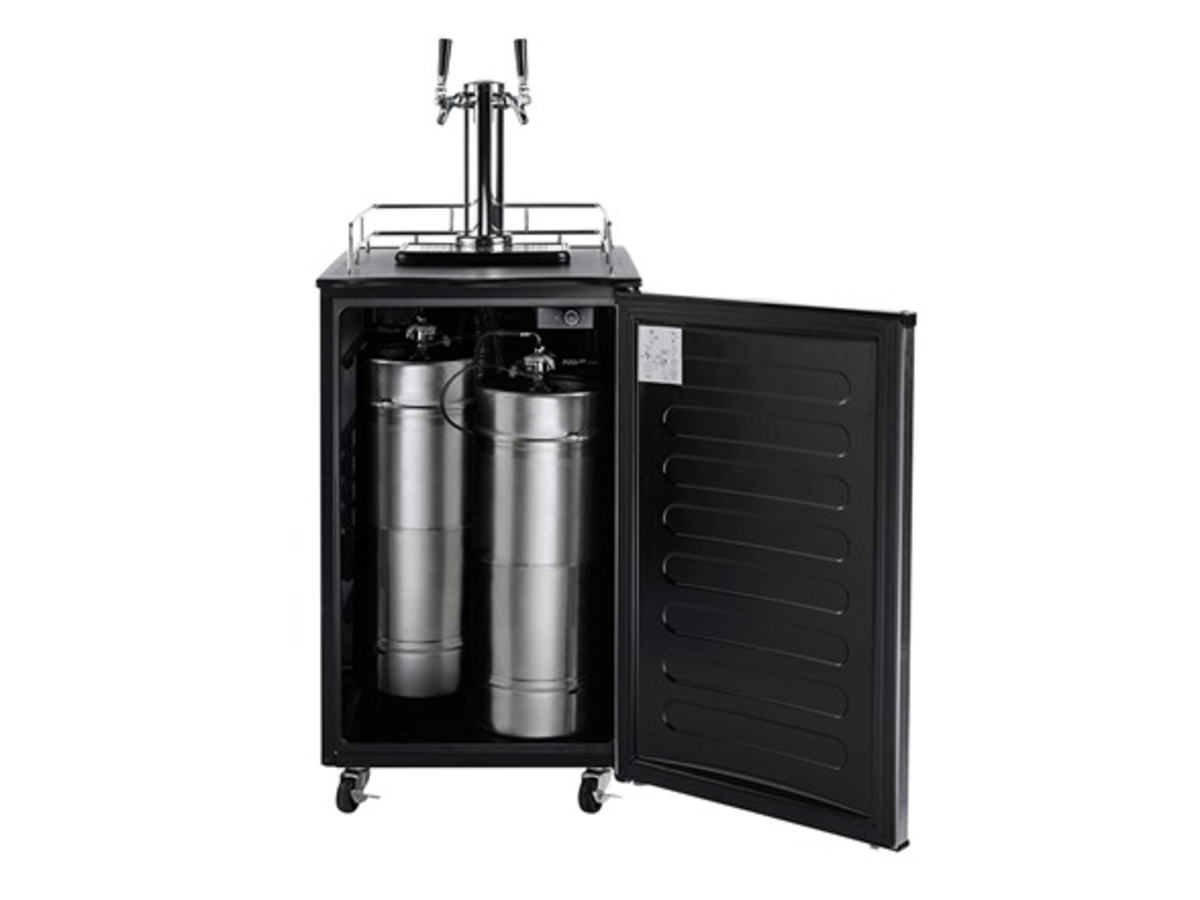

Kitchen Furniture
What Size Co2 Tank For A Kegerator Nostalgia
Modified: February 27, 2024
Find out the recommended size of a CO2 tank for your kegerator with this helpful article. Learn more about articles related to kegerators and CO2 tanks.
(Many of the links in this article redirect to a specific reviewed product. Your purchase of these products through affiliate links helps to generate commission for Storables.com, at no extra cost. Learn more)
Introduction
Having a kegerator at home is a dream come true for beer enthusiasts. It allows you to have a cold, refreshing draft beer without having to leave the comfort of your own space. However, to keep that delicious beer flowing smoothly, you need to ensure you have the right CO2 tank size for your kegerator.
A CO2 tank is an essential component of a kegerator as it provides the necessary pressure to dispense the beer from the keg. Understanding the different CO2 tank sizes available and choosing the right one for your needs is crucial to maintain the perfect carbonation and a consistent pour.
In this article, we will delve into the world of CO2 tanks for kegerators, exploring the factors to consider when choosing a tank size, the common sizes available, and how to properly install and maintain your CO2 tank. Let’s dive in!
Key Takeaways:
- Choose the right CO2 tank size for your kegerator by considering factors like usage frequency, number of kegs, available space, budget, and supplier availability to ensure a consistent flow of perfectly carbonated beer.
- Properly maintain and care for your CO2 tank and kegerator system by inspecting for damage, storing properly, keeping the tank upright, monitoring CO2 levels, and scheduling regular inspections to enjoy hassle-free beer dispensing and a smooth kegerator experience.
Read more: What Size Co2 Tank Does A Kegerator Use
Understanding CO2 Tanks for Kegerators
Before we dive into the various sizes of CO2 tanks available for kegerators, let’s first gain a basic understanding of what a CO2 tank is and how it functions within a kegerator setup.
A CO2 tank is a cylindrical container that holds pressurized carbon dioxide gas. In a kegerator, the CO2 tank serves as the power source for dispensing beer from the keg. The carbon dioxide gas exerts pressure on the keg, pushing the beer through the keg system and out of the tap.
CO2 tanks typically have a valve and a regulator. The valve controls the flow of gas into the system, while the regulator allows you to adjust the pressure of the gas. This is important because different styles of beer require different carbonation levels, which can be achieved by adjusting the pressure from the regulator.
CO2 tanks come in various sizes, and the size you choose for your kegerator will depend on factors such as the frequency of use, the number of kegs you plan to dispense, and the available space in your kegerator setup.
It’s important to note that CO2 tanks are refillable, so you don’t need to worry about constantly purchasing new tanks. Most local homebrew supply stores or gas suppliers offer CO2 tank refills or exchanges, making it a convenient and cost-effective solution for your kegerator.
Now that we have a basic understanding of CO2 tanks and their role in a kegerator, let’s move on to discussing the factors to consider when selecting the right CO2 tank size for your specific needs.
Factors to Consider for CO2 Tank Size
When choosing the appropriate CO2 tank size for your kegerator, there are several factors that you should take into consideration. These factors will help ensure that you have a sufficient supply of CO2 for your beer dispensing needs.
1. Frequency of Use: Consider how often you plan to use your kegerator. If you’re a casual beer drinker and only plan to dispense a few beers on special occasions, a smaller CO2 tank size may be sufficient. However, if you frequently host gatherings or have a constant demand for draught beer, a larger CO2 tank may be more suitable.
2. Number of Kegs: Determine the number of kegs you’ll be dispensing simultaneously. Each keg requires a certain amount of CO2 to maintain the desired carbonation level. If you have multiple kegs hooked up at once, you’ll need a larger CO2 tank to supply enough gas pressure for all the kegs.
3. Available Space: Consider the dimensions of your kegerator setup and the space available for a CO2 tank. Different tank sizes have varying heights and diameters, so you’ll need to ensure that the tank you choose fits properly inside your kegerator without obstructing other components.
4. Budget: The cost of a CO2 tank increases with its size. While larger tanks provide a longer-lasting gas supply, they also come with a higher price tag. Analyze your budget and balance it with your anticipated usage to determine the right CO2 tank size that fits your financial constraints.
5. Convenience: Consider the convenience of refilling or exchanging your CO2 tank. Smaller tanks are easier to transport and handle, and you may have closer access to locations that offer CO2 refills. On the other hand, larger tanks can hold more gas and require less frequent refilling, which may be more convenient for those who use their kegerators frequently.
By taking these factors into account, you can select the ideal CO2 tank size that meets your specific requirements. Remember, it’s always better to have a slightly larger CO2 tank to avoid running out of gas in the middle of an event or a party.
Common CO2 Tank Sizes for Kegerators
CO2 tanks for kegerators come in a range of sizes, allowing you to choose the one that best suits your needs. While the availability of tank sizes may vary depending on your location and supplier, there are some common sizes that you can consider for your kegerator setup.
1. 2.5-Pound Tank: This is one of the smallest CO2 tank sizes available for kegerators. It’s compact and lightweight, making it a great option if you have limited space or require portability. It’s suitable for occasional use or if you only have one small keg to dispense. However, keep in mind that its smaller size means it will require more frequent refills.
2. 5-Pound Tank: The 5-pound CO2 tank is a popular choice for kegerator owners. It strikes a balance between size and capacity, providing enough gas for several kegs while still being relatively manageable. This size works well for home use or smaller gatherings where you don’t anticipate high-volume consumption.
3. 10-Pound Tank: If you have a kegerator that sees frequent use or if you enjoy hosting parties or events with a larger number of guests, a 10-pound CO2 tank may be more suitable. This size offers a higher gas capacity, reducing the need for refills and ensuring a longer-lasting supply for your kegerator.
4. 20-Pound Tank: Considered a more commercial-sized tank, the 20-pound CO2 tank is ideal for those with high-demand kegerator setups. It can accommodate multiple kegs simultaneously, making it perfect for bars, restaurants, or beer enthusiasts who go through larger quantities of beer. While it may be bulkier and require more space, it provides a significant supply of CO2, minimizing the need for frequent refills.
It’s important to note that these sizes are general guidelines and may vary depending on your supplier. Additionally, some suppliers may offer intermediate sizes between the ones mentioned above. Consulting with a local homebrew supply store or gas supplier can give you a clearer idea of the available CO2 tank sizes in your area.
Now that you have an understanding of the common CO2 tank sizes, let’s move on to the next step – choosing the right CO2 tank size for your kegerator setup.
When choosing a CO2 tank for a kegerator, a 5-pound tank is a good option for most home kegerators. It’s a good balance between size and capacity, providing enough CO2 for several kegs without taking up too much space.
Choosing the Right CO2 Tank Size for Your Kegerator
When it comes to selecting the appropriate CO2 tank size for your kegerator, there are a few key factors to consider. By weighing these factors and understanding your specific needs, you can make an informed decision and ensure that you have a sufficient gas supply for your beer dispensing requirements.
1. Usage: Consider how often you plan to use your kegerator. If you are a casual beer drinker and only intend to use your kegerator occasionally, a smaller CO2 tank size, such as a 2.5 or 5-pound tank, may be suitable. However, if you frequently entertain guests or host parties, a larger tank size, like a 10 or 20-pound tank, may be more appropriate to accommodate the higher demand.
2. Number of Taps/Kegs: Determine the number of taps or kegs you plan to have connected to your kegerator simultaneously. Each keg requires its own supply of CO2, and more taps or kegs will require a larger tank size to provide an adequate gas supply. Consider the size of your gatherings and the variety of beer you want to offer when making this decision.
3. Space: Measure the available space in your kegerator setup to ensure that the CO2 tank you choose fits comfortably. Larger tanks, such as 10 or 20-pound sizes, may require more space and can be heavy, so make sure you have adequate room and consider any weight restrictions or limitations.
4. Budget: Determine your budget for the CO2 tank. Larger tank sizes generally cost more upfront, but they provide a longer-lasting gas supply and require fewer refills. Smaller tanks may be more budget-friendly initially, but you may need to refill them more frequently, which can add up over time. Consider your financial constraints and weigh the cost-effectiveness of each tank size in the long run.
5. Supplier Availability: Check with local homebrew supply stores or gas suppliers to confirm the availability of different CO2 tank sizes in your area. Some suppliers may have limitations on tank sizes or may not stock certain sizes regularly. Understanding the options available to you will help you make an informed decision.
By considering these factors, you can select the right CO2 tank size that aligns with your usage patterns, the number of kegs you plan to dispense, available space, budget, and supplier availability. Remember, it’s better to choose a slightly larger tank size to avoid running out of gas at an inconvenient time.
Once you have determined the appropriate CO2 tank size, the next step is to install and connect it to your kegerator. We will explore the installation process in the next section.
Read more: How To Change Co2 Tank In Kegerator
Installing and Connecting the CO2 Tank to Your Kegerator
Now that you have chosen the right CO2 tank size for your kegerator, it’s time to install and connect it properly to your kegerator system. Follow these steps to ensure a seamless setup:
1. Ensure Safety: Before handling the CO2 tank, make sure to read and understand the safety guidelines provided by the manufacturer. Familiarize yourself with any warnings or precautions related to handling and storing compressed gases.
2. Prep the Kegerator: Start by locating the CO2 tank mounting location inside your kegerator. This is usually a designated area where the tank can be secured in an upright position. Ensure that the area is clean and free from any debris.
3. Attach the Regulator: Place the regulator onto the valve outlet of the CO2 tank. Make sure to align the threads properly and tighten it securely. Use an adjustable wrench if necessary, but be careful not to overtighten and damage the threads.
4. Connect the Gas Line: Take the gas line from your kegerator system, ensuring that it is clear of any kinks or obstructions. Attach one end of the gas line to the barbed fitting or nipple on the regulator outlet. Use a hose clamp to secure the connection and prevent any leaks.
5. Secure the CO2 Tank: Place the CO2 tank in the designated mounting location inside your kegerator. Use the included strap or bracket to secure the tank in an upright position. Ensure that it is stable and not at risk of falling or tipping over during operation.
6. Check for Leaks: Once everything is connected, open the valve on the CO2 tank slowly. Listen for any hissing sounds or feel for any escaping gas. Apply a soapy water solution to the connections and look for any bubbling, which indicates a leak. If you detect any leaks, tighten the connections or replace any faulty components.
7. Adjust the Regulator: Use the pressure adjustment knob on the regulator to set the desired pressure for carbonation and dispensing. Refer to the specific beer style guidelines or consult with the keg manufacturer for recommended pressure settings.
8. Test the System: With the CO2 tank connected and the pressure properly adjusted, test the system by dispensing a small amount of beer. Monitor the flow and carbonation levels to ensure they meet your expectations. Adjust the pressure as needed to achieve the desired pour.
By following these steps, you can install and connect your CO2 tank to your kegerator system effectively. Remember, safety should always be a priority, so take the necessary precautions and ensure proper ventilation in the area where your kegerator is located.
In the next section, we will discuss the proper maintenance and care for CO2 tanks to ensure their longevity and optimal performance.
Proper Maintenance and Care for CO2 Tanks
To ensure the longevity and optimal performance of your CO2 tank for your kegerator, it’s important to practice proper maintenance and care. By following these guidelines, you can prolong the lifespan of your tank and avoid any potential issues:
1. Inspect for Damage: Regularly inspect your CO2 tank for any signs of damage, including dents, rust, or corrosion. If you notice any damage or abnormalities, it’s best to consult with a professional or replace the tank to ensure safety and functionality.
2. Store Properly: When not in use, store your CO2 tank in a cool, dry place away from direct sunlight, heat sources, or extreme temperature fluctuations. This helps to maintain the integrity of the tank and prevents unnecessary wear and tear.
3. Keep it Upright: Always keep your CO2 tank in an upright position to prevent any liquid CO2 from entering the regulator, which can cause damage and affect performance. Avoid laying the tank on its side or storing it in a tilted position.
4. Check Valve Operation: Periodically test the valve operation to ensure it opens and closes smoothly. If you notice any sticking or difficulty turning the valve, consult with a professional to have it inspected or repaired.
5. Monitor CO2 Levels: Keep an eye on the CO2 levels in your kegerator to avoid running out of gas unexpectedly. If you notice the pressure dropping or the beer pouring slowly, check the CO2 tank and consider getting a refill or exchange to maintain consistent dispensing.
6. Regulator Maintenance: Maintain and clean the regulator regularly to prevent any buildup or debris that can affect its performance. Use a soft cloth or brush to clean the exterior and wipe away any dirt or grime. Avoid using harsh chemicals or abrasive materials that can damage the regulator.
7. Regulator and Tank Connections: Inspect the connections between the regulator and tank for leaks or loose fittings. Tighten the connections if necessary and check for any bubbling when applying a soapy water solution to ensure a proper seal.
8. Regular Inspections: Schedule regular inspections of your kegerator system, including the CO2 tank, to ensure everything is functioning as it should. This can help identify any issues early on and prevent any potential problems from arising.
By following these maintenance and care tips, you can extend the lifespan of your CO2 tank and ensure a consistent flow of freshly carbonated beer from your kegerator. Remember to always prioritize safety and consult with professionals if you have any concerns or questions regarding your CO2 tank or kegerator setup.
Now that you’re equipped with the knowledge of CO2 tank maintenance, you can enjoy hassle-free beer dispensing and a smooth kegerator experience.
Conclusion
Cheers to you–you’ve reached the end of our comprehensive guide on CO2 tanks for kegerators! We hope this article has provided you with valuable insights into understanding, choosing, installing, and maintaining the right CO2 tank size for your kegerator setup.
Remember, selecting the appropriate CO2 tank size for your kegerator is essential to ensure a consistent flow of perfectly carbonated beer. Factors such as frequency of use, number of kegs, available space, budget, and supplier availability should all be considered when making your decision.
Common CO2 tank sizes for kegerators include the compact 2.5-pound tank, versatile 5-pound tank, larger 10-pound tank, and commercial-grade 20-pound tank. These sizes cater to different needs and usage patterns, providing you with options that accommodate both casual home use and high-demand situations.
Once you’ve chosen the right CO2 tank size, following proper installation and connection procedures is crucial for a seamless setup. Take care to securely attach the tank and regulator, connect the gas line, and check for any leaks before adjusting the pressure and testing the system for optimal dispensing.
Maintaining your CO2 tank and kegerator system is equally important to ensure longevity and top-notch performance. Regular inspections, proper storage, valve operation checks, and regular cleaning of the regulator are some maintenance steps that should be taken to keep your system in great shape.
By following these guidelines and practicing good care, you can enjoy the convenience and pleasure of pouring your favorite draft beer right at home, thanks to your properly functioning CO2 tank and kegerator.
So, gather your friends, plan your next get-together, and raise a glass to your kegerator success. With the right CO2 tank size and a little bit of maintenance, you’ll be serving up perfectly carbonated beer and creating memories that will last a lifetime.
Frequently Asked Questions about What Size Co2 Tank For A Kegerator Nostalgia
Was this page helpful?
At Storables.com, we guarantee accurate and reliable information. Our content, validated by Expert Board Contributors, is crafted following stringent Editorial Policies. We're committed to providing you with well-researched, expert-backed insights for all your informational needs.
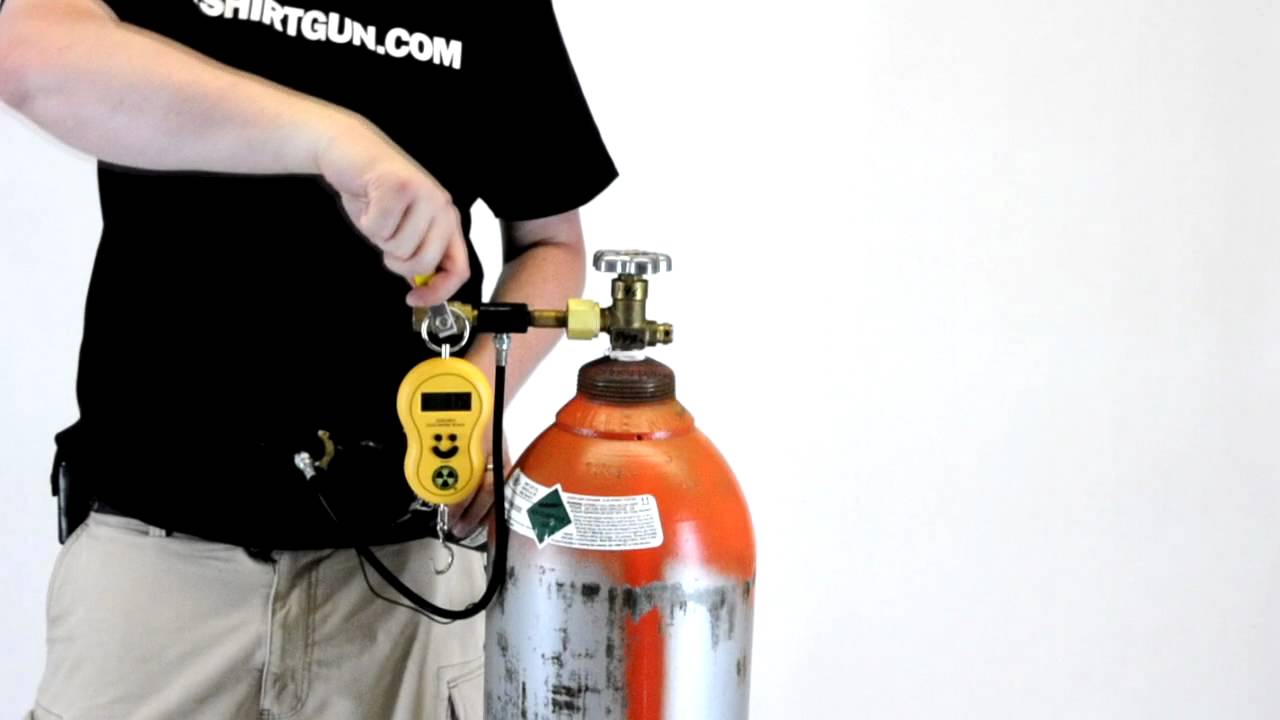
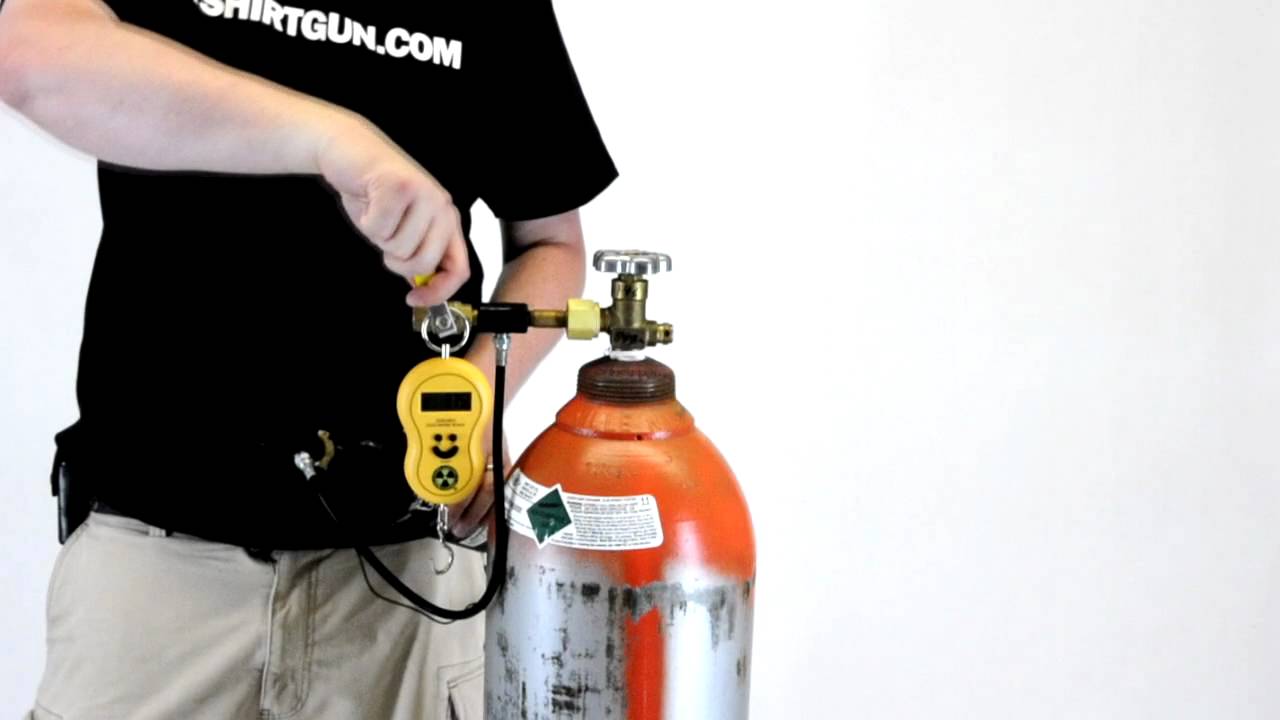
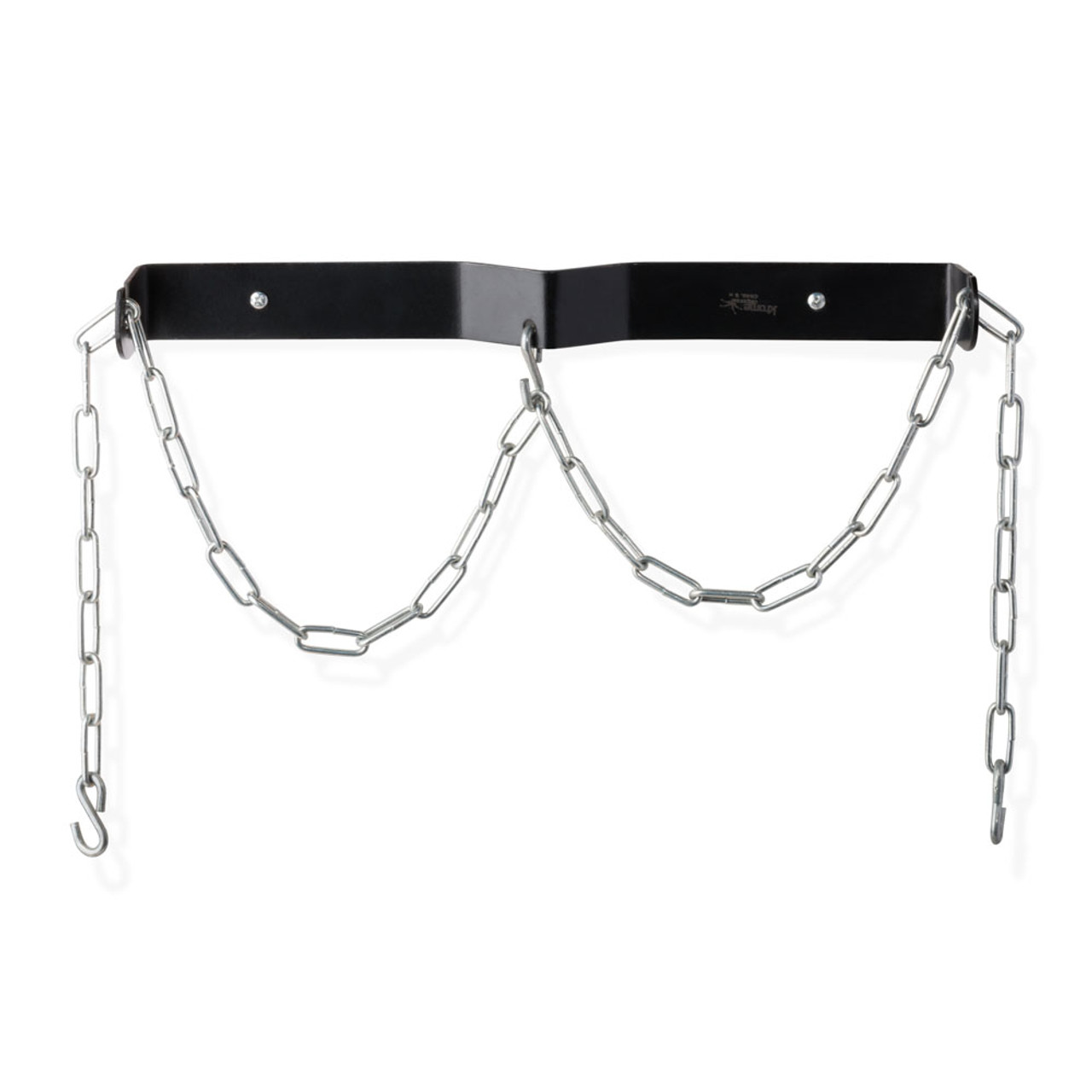
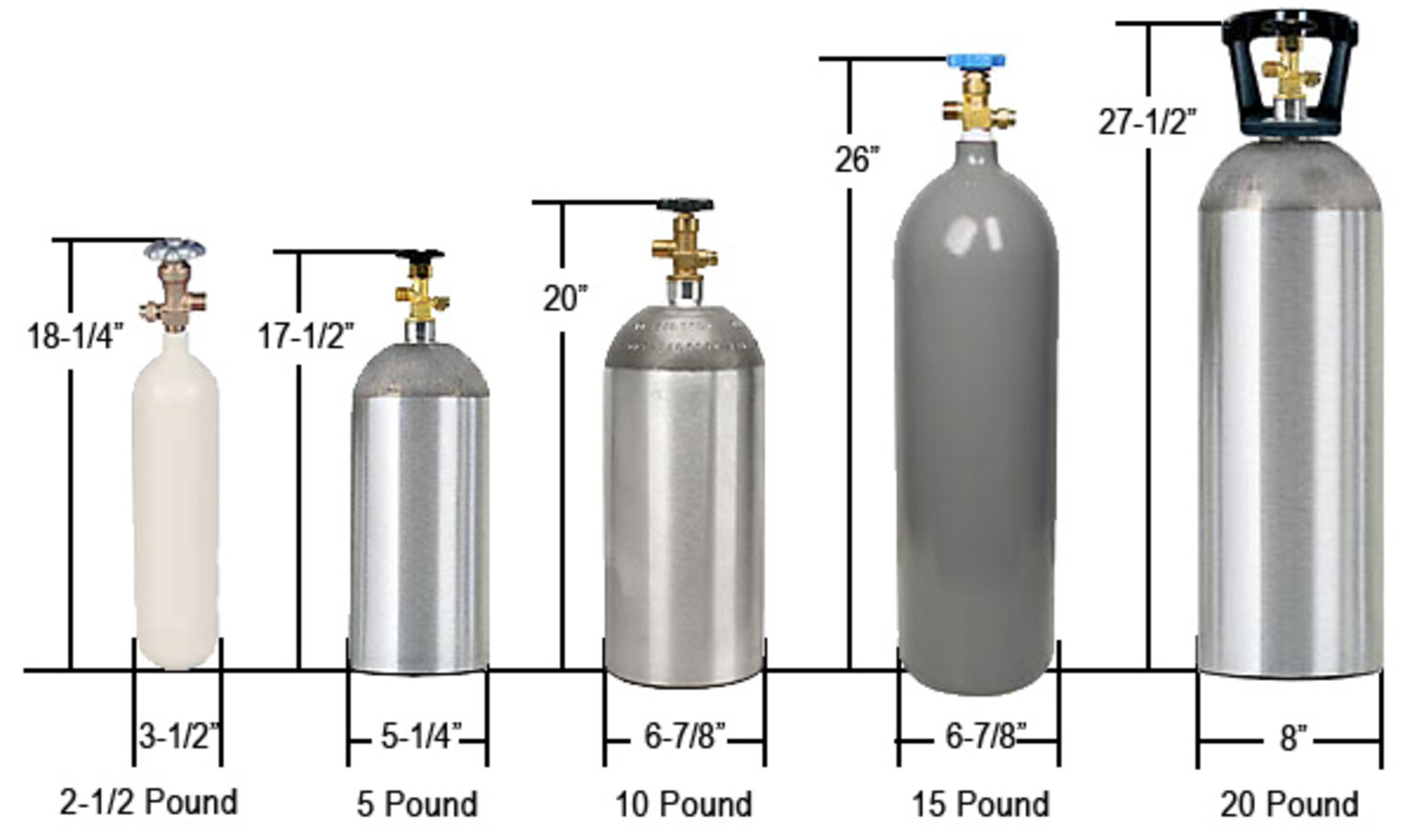
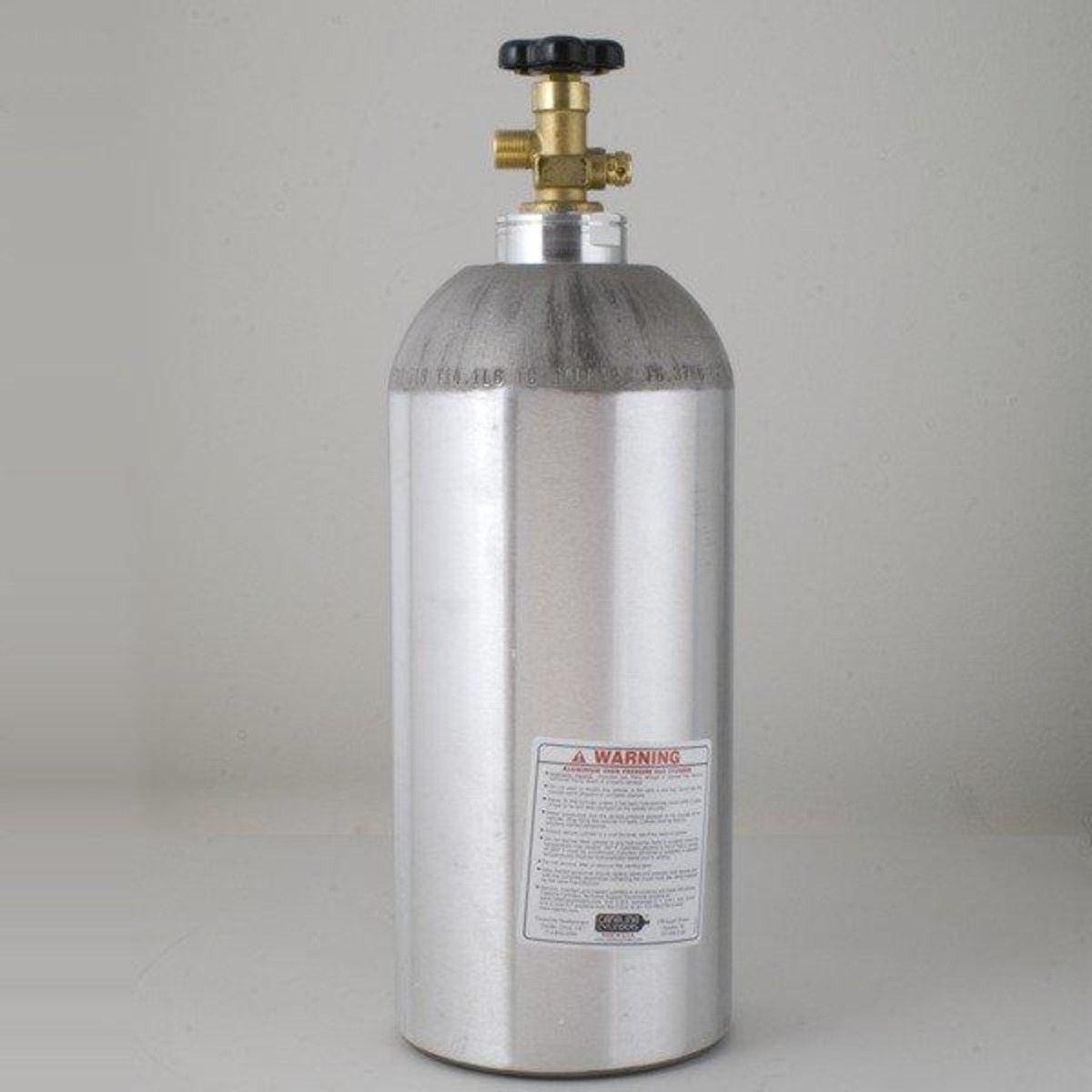
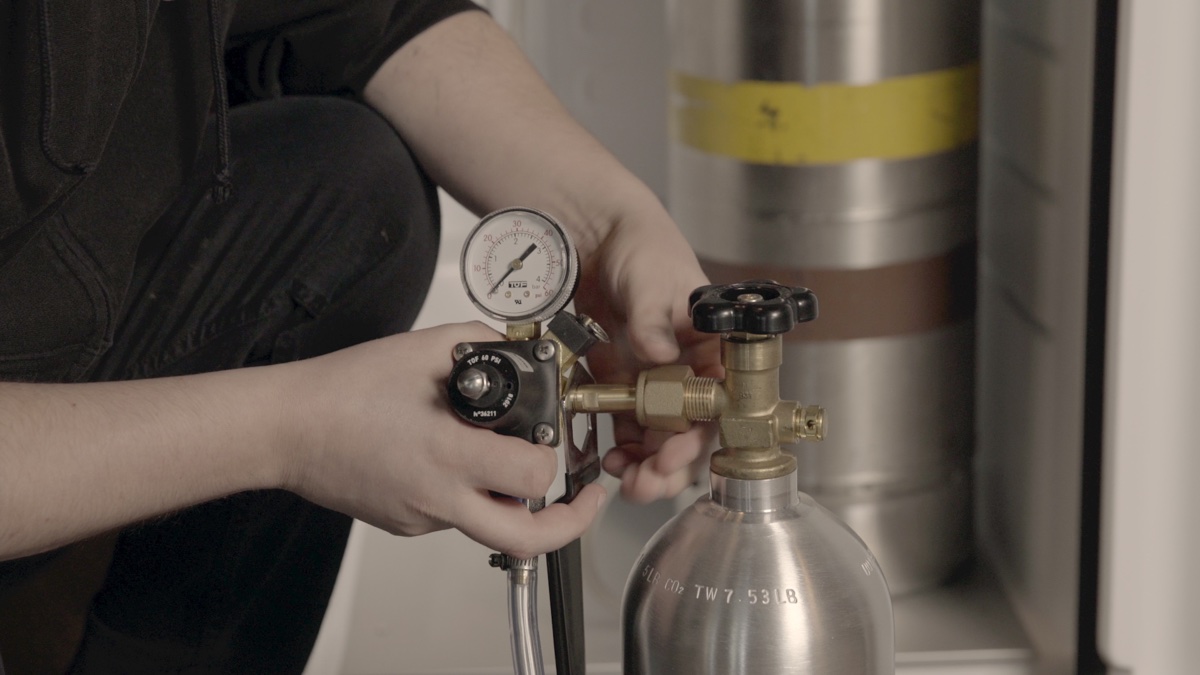
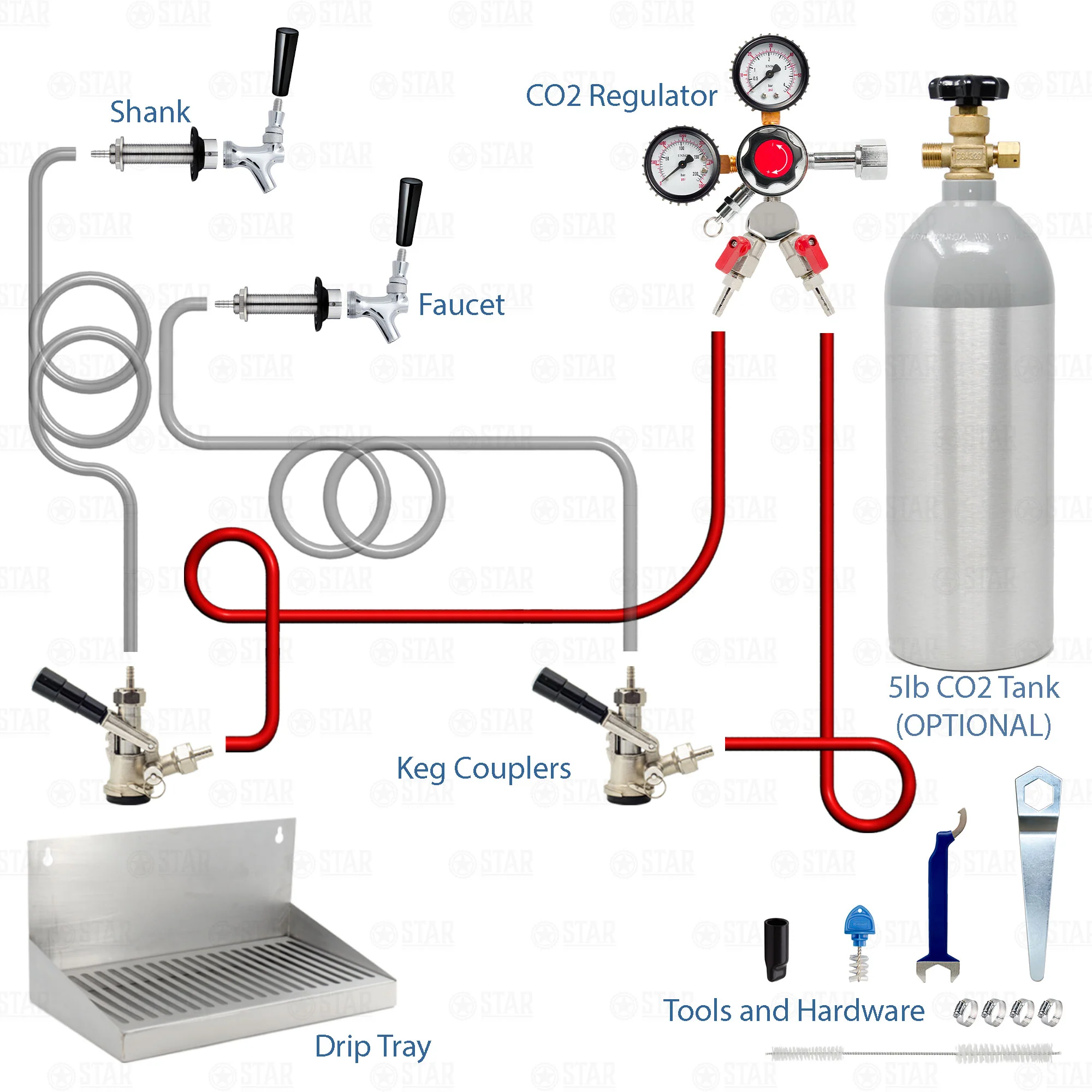
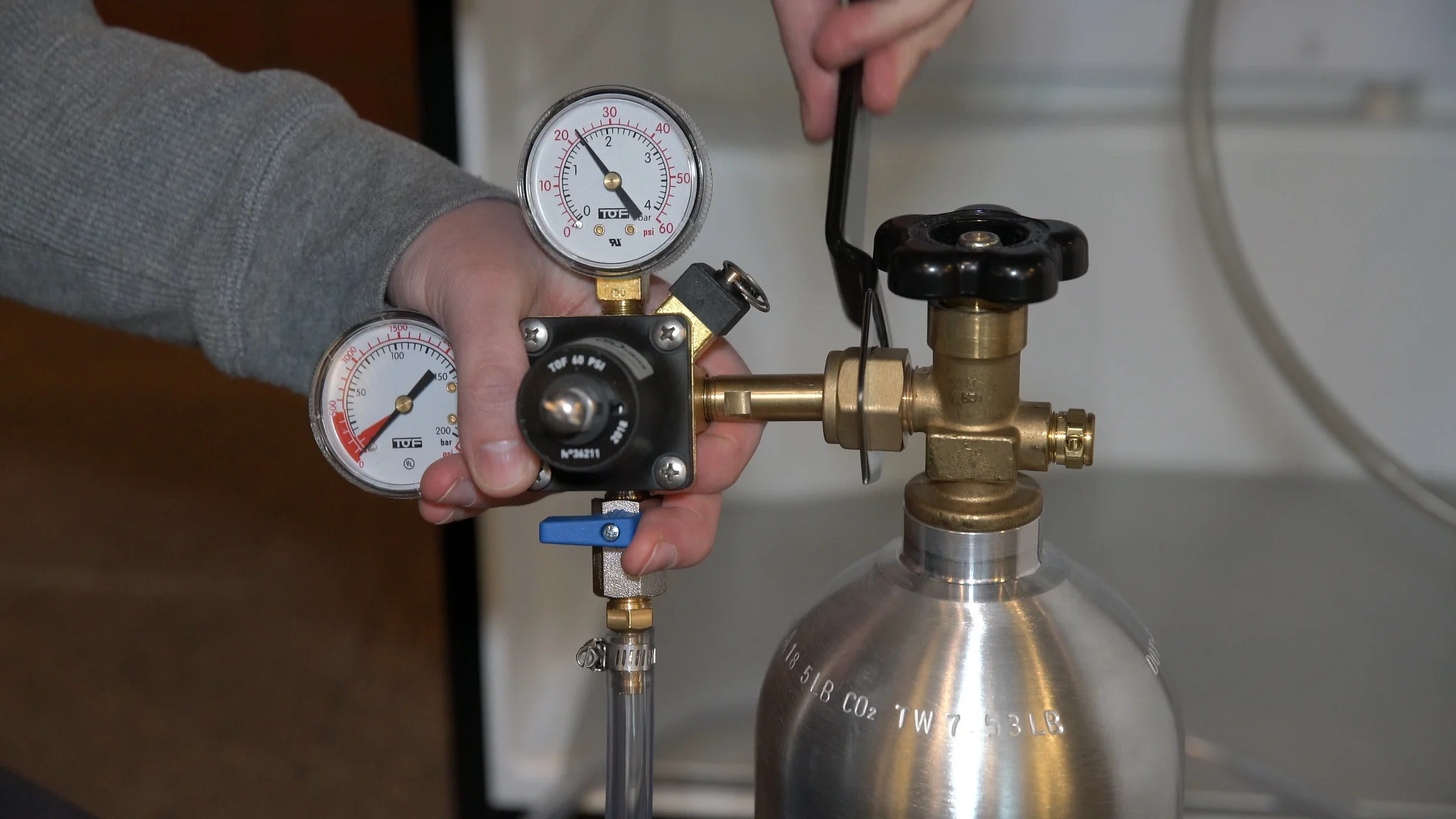
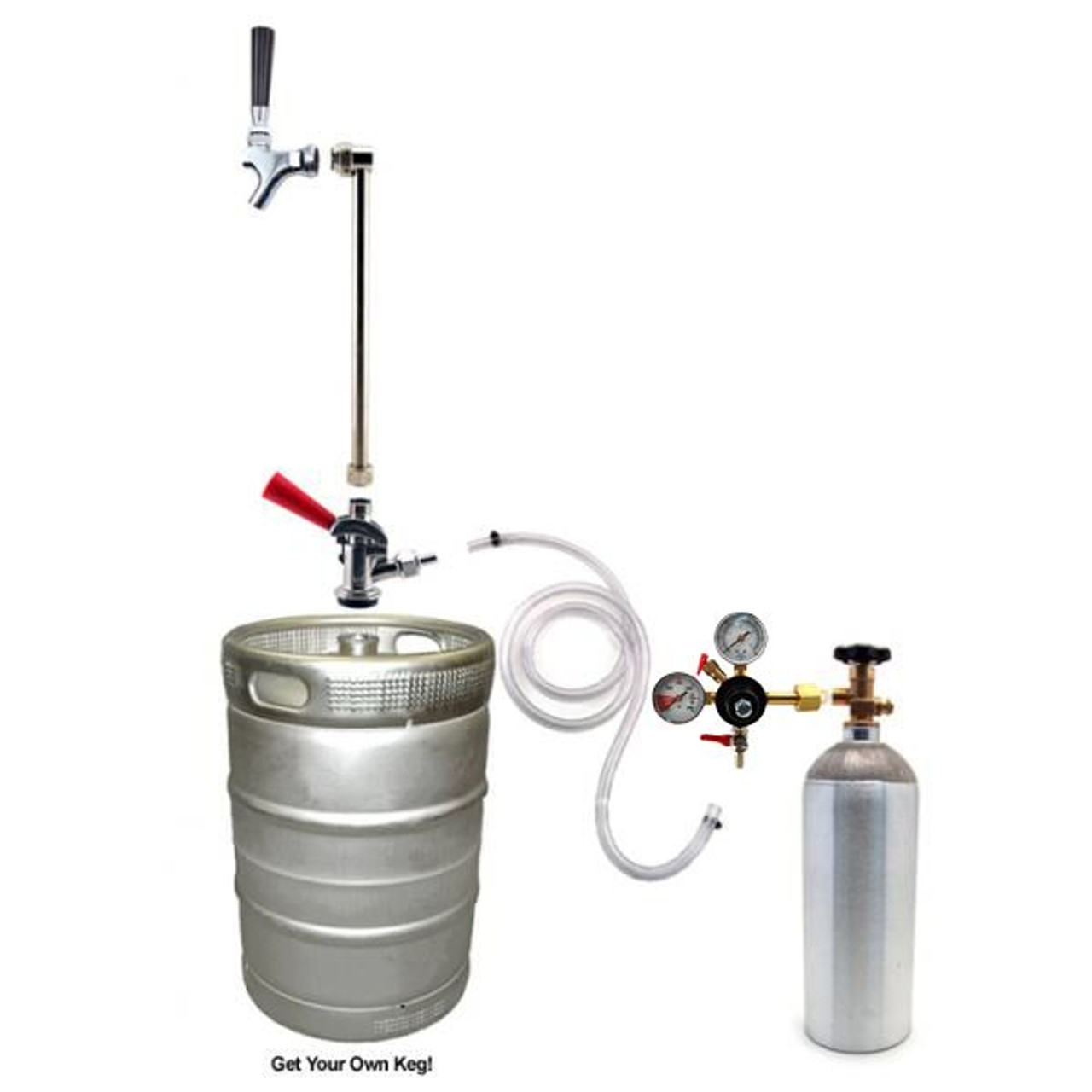
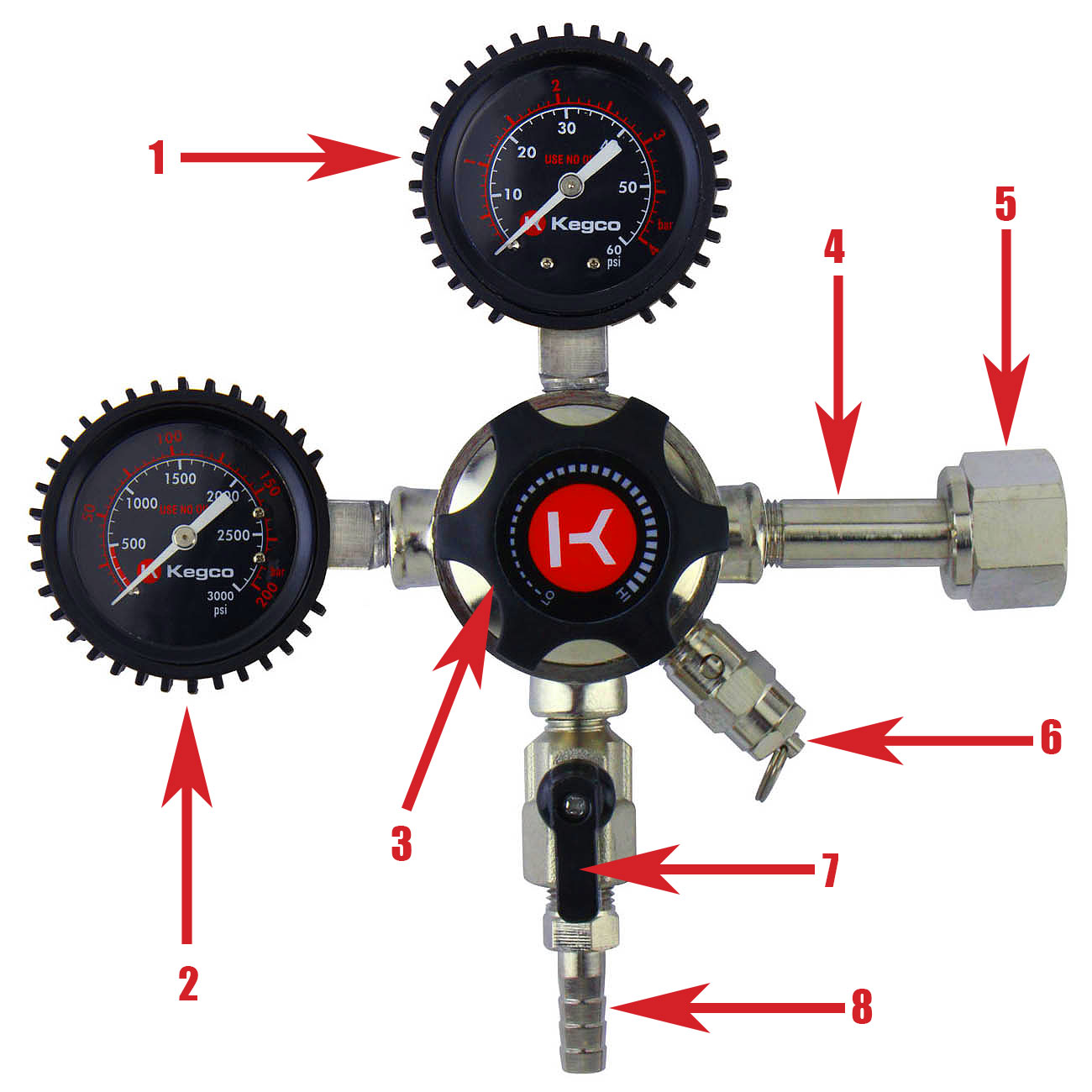
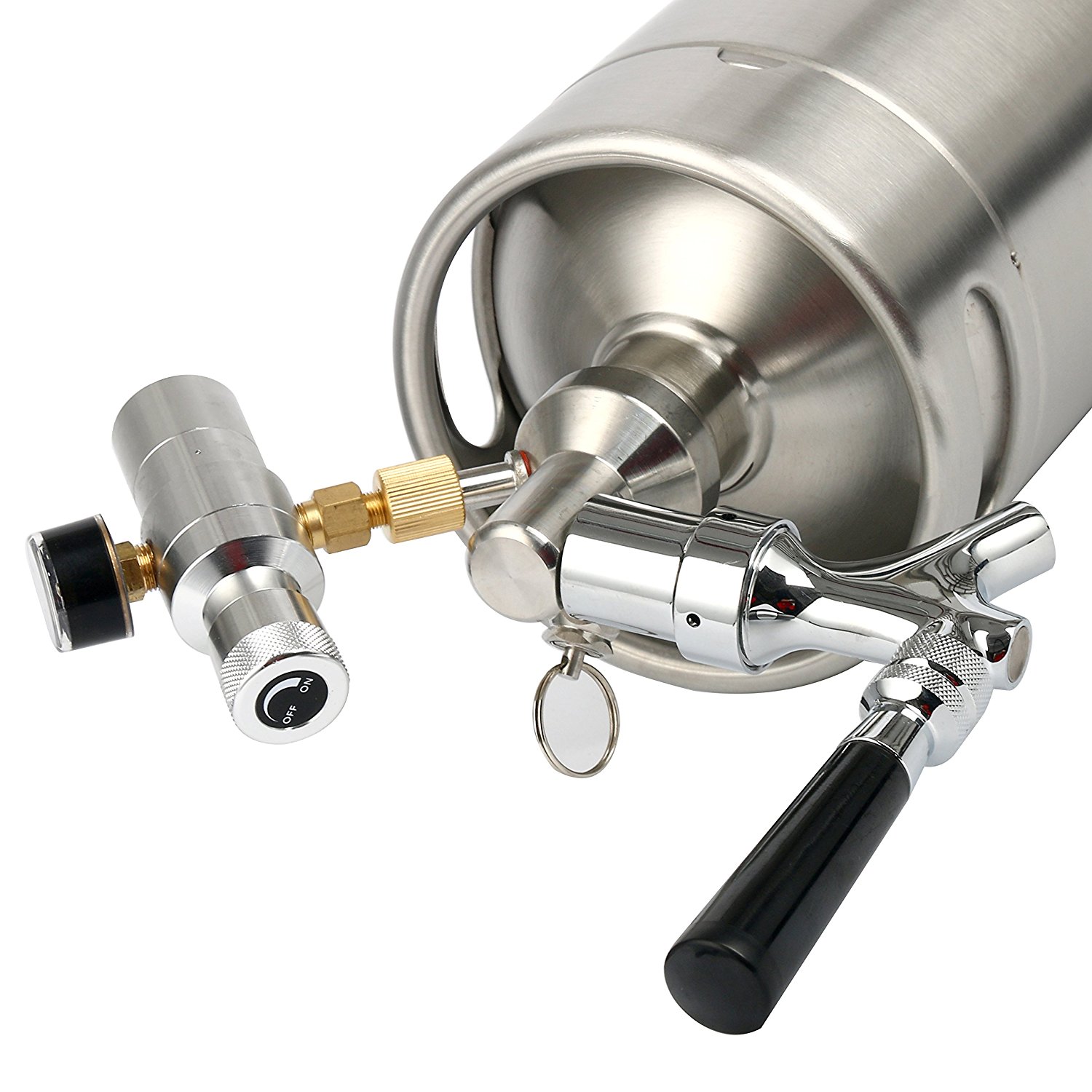
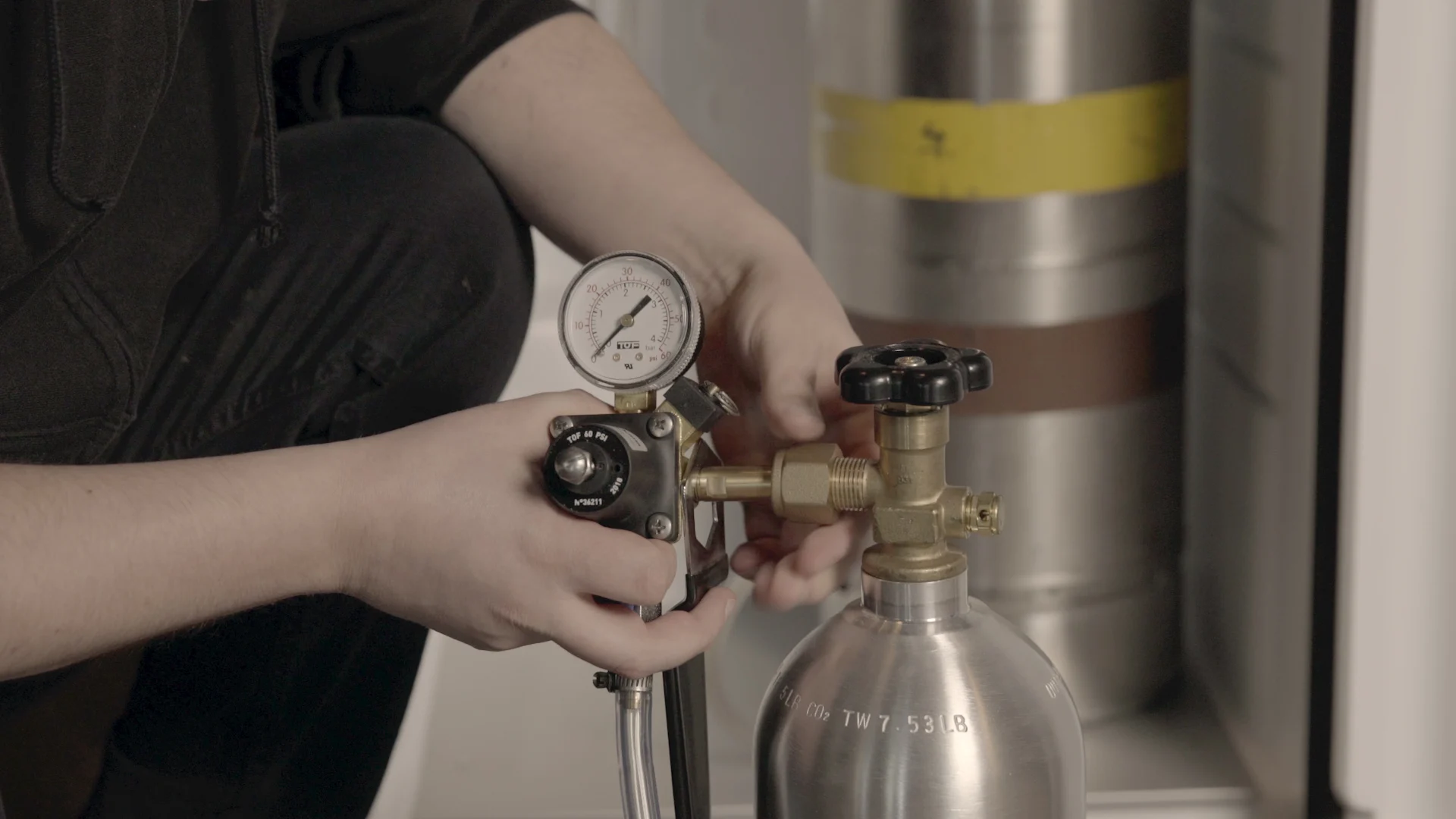
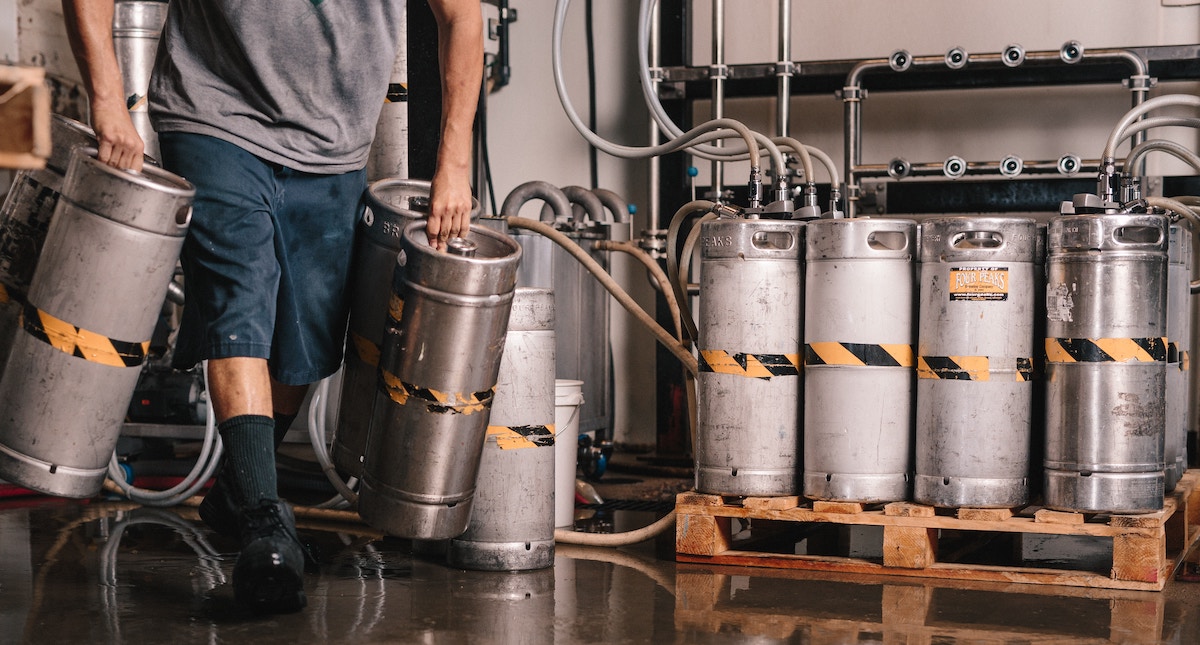
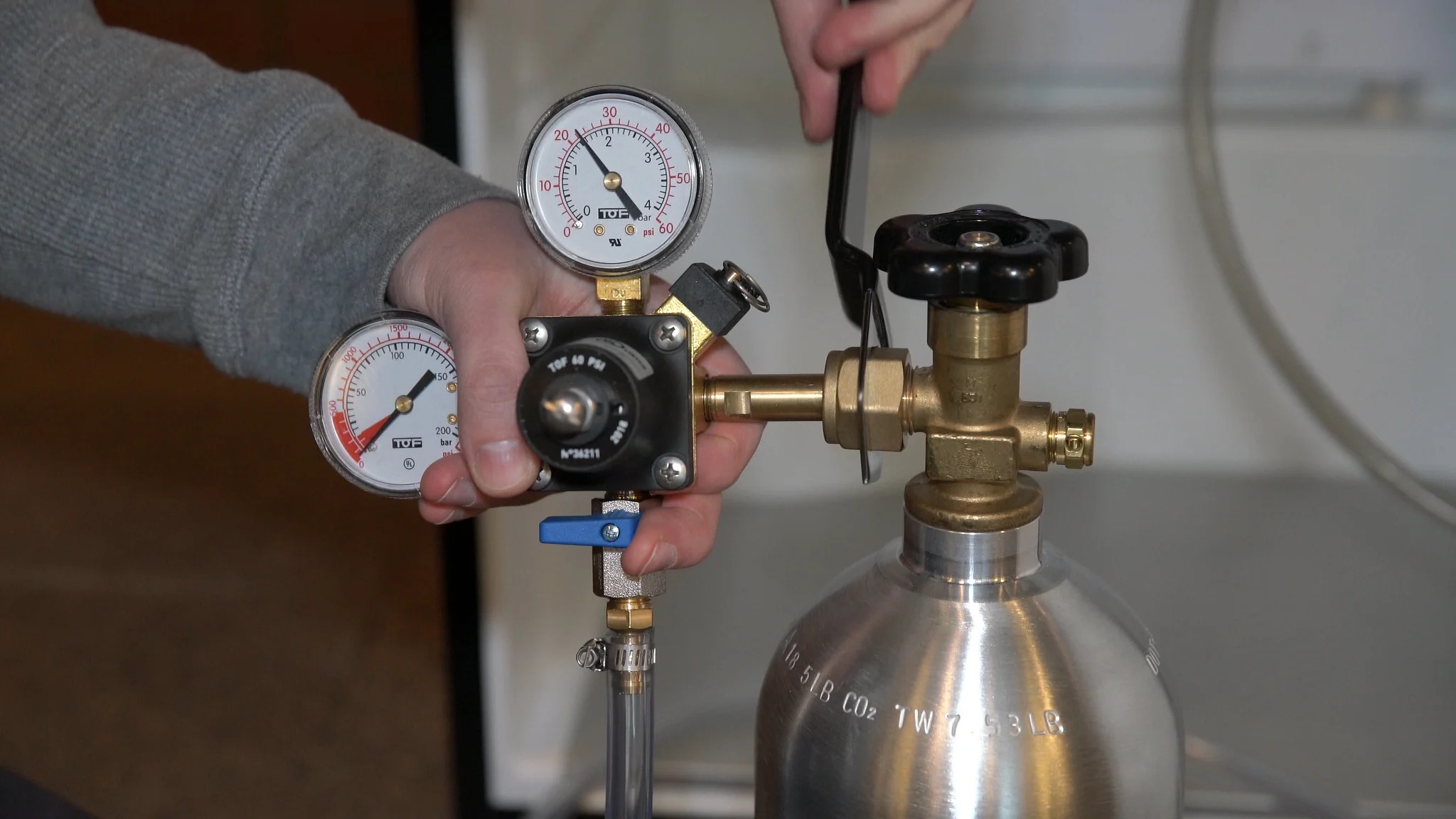

0 thoughts on “What Size Co2 Tank For A Kegerator Nostalgia”